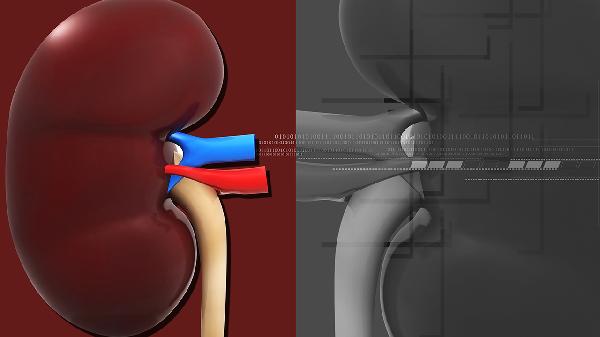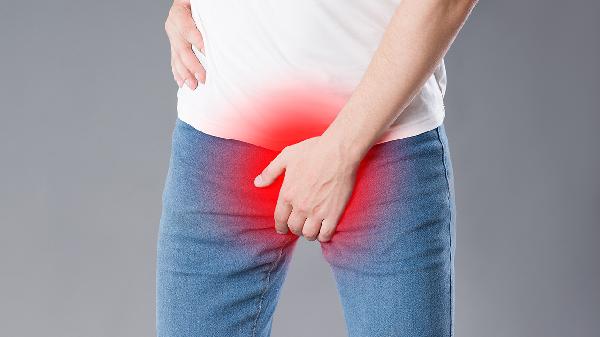Urethral injuries, a significant urological concern, arise from various causes and can be broadly categorized into four types: internal urethral trauma, external blunt force trauma, external penetrating trauma, and non-traumatic injuries. These injuries can result from medical procedures, accidents, or other external forces, often leading to severe complications if not promptly addressed.

Internal Urethral Trauma
Internal urethral trauma is predominantly iatrogenic, stemming from improper use of medical instruments during procedures such as transurethral resection of the prostate (TURP) or radical prostatectomy. Patients with pre-existing urethral conditions, particularly obstructive diseases, are at higher risk. These injuries typically involve mucosal contusions but can escalate to urethral perforation or even rectal penetration. The increasing prevalence of such procedures, along with the use of indwelling catheters, has contributed to a rise in these types of injuries.
External Blunt Force Trauma
External blunt force trauma to the urethra is commonly caused by straddle injuries or pelvic fractures. Straddle injuries occur when a person falls astride a hard object, compressing the urethra between the object and the pubic symphysis. These injuries predominantly affect the bulbar urethra, with rare cases involving the bulbomembranous urethra. Pelvic fracture-associated urethral injuries (PFUDD) are frequently linked to motor vehicle accidents, though they can also result from collapses, mining accidents, or other crush injuries. Such injuries usually affect the posterior urethra and are often accompanied by damage to other organs.
External Penetrating Trauma
External penetrating trauma to the urethra is most often seen in wartime injuries caused by firearms or sharp objects. In civilian settings, such injuries may result from animal bites, horn punctures, or knife wounds. The penile and bulbar urethra are equally susceptible, and these injuries are frequently complicated by concurrent damage to the scrotum, testes, or rectum, making them particularly challenging to manage.
Non-Traumatic Urethral Injuries
Non-traumatic urethral injuries include ischemic damage, injuries during sexual activity, and rare cases of chemical burns, thermal burns, or radiation damage. Ischemic injuries are particularly notable in paraplegic patients who use penile clamps for urinary incontinence. The reduced or absent sensation in the penis can lead to unnoticed ischemic damage to the urethra and surrounding tissues.
Conclusion
Urethral injuries, whether caused by internal or external forces, require immediate medical attention to prevent long-term complications. Understanding the diverse causes and classifications of these injuries is crucial for effective diagnosis and treatment. As medical procedures and external factors continue to evolve, awareness and preventive measures remain essential in mitigating the risks associated with urethral trauma.
























